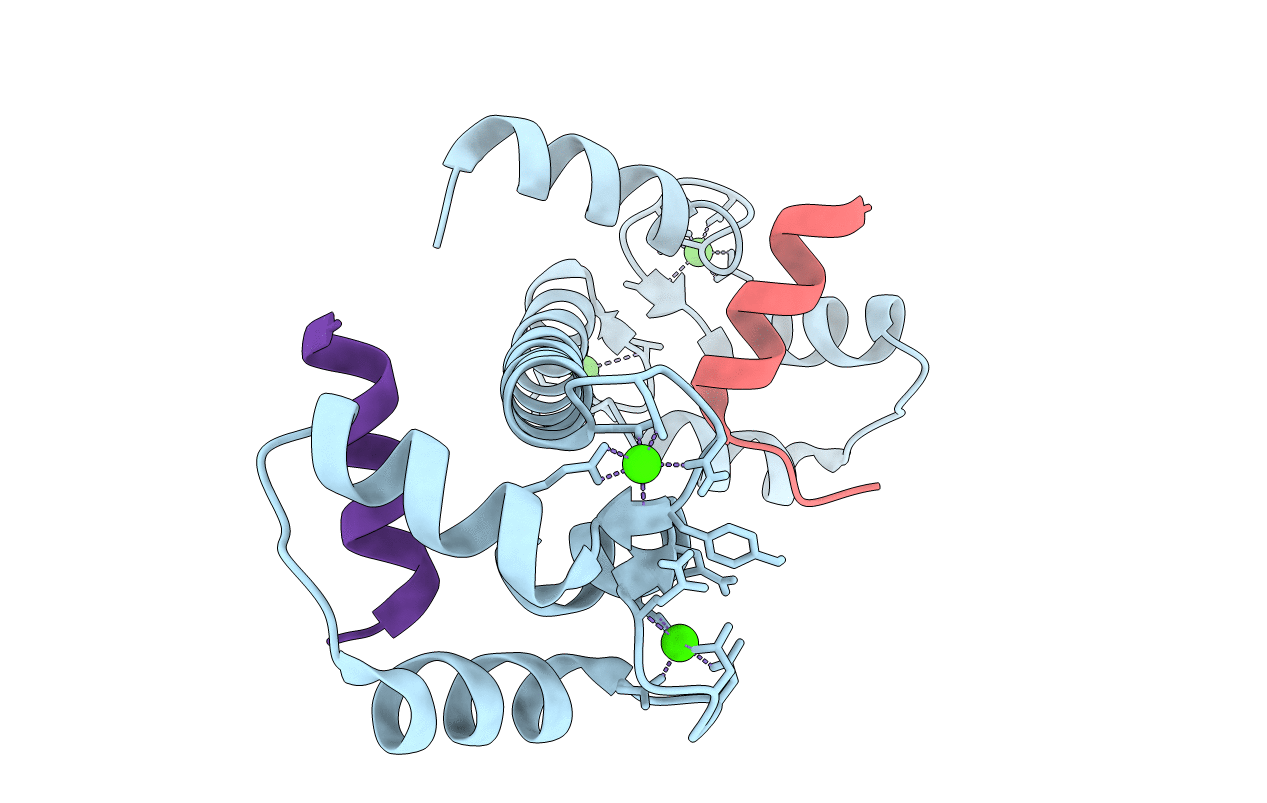
Deposition Date
2020-12-31
Release Date
2021-07-21
Last Version Date
2024-01-31
Entry Detail
PDB ID:
7BF2
Keywords:
Title:
Ca2+-Calmodulin in complex with human muscle form creatine kinase peptide in extended 1:2 binding mode
Biological Source:
Source Organism:
Homo sapiens (Taxon ID: 9606)
Host Organism:
Method Details:
Experimental Method:
Resolution:
1.43 Å
R-Value Free:
0.22
R-Value Work:
0.20
Space Group:
C 1 2 1


